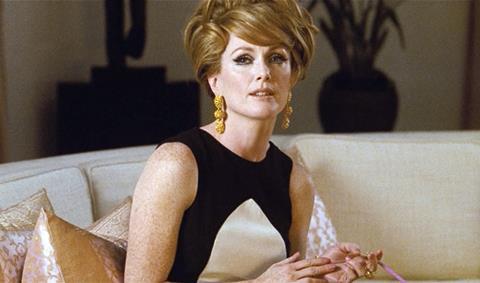
Tom Ford decided in summer 2008 that if he could not get the external financing locked in for his debut feature film A Single Man, he would step in and bankroll it himself. “We had narrowed it down to sufficiently few financiers that I was prepared for it and I was already paying for pre-production. Then the Lehman Brothers collapse happened and two partners fell out, and so I paid for it all myself. All my agents told me not to do it, but a friend told me that if I believed in the film I should do it. I know not everyone has the ability to finance their own film, but honestly I enjoyed the process so much and am so proud of the movie, and that is what is important to me.”
Ford is now close to break-even on the film, which was budgeted at around $7m, with most territories now sold, including the US to The Weinstein Company after a strong reception at Venice and Toronto.
He had long been passionate about Christopher Isherwood’s book and had bought the rights — and an existing screenplay by David Scearce — from Isherwood’s real-life partner Don Bachardy.
The book — “a beautiful piece of prose”, he says — was about the inner world of the lead character, George, and Ford spent many months writing a new screenplay, using bits and pieces from Scearce’s very literal one.
“One night, I was having dinner with Don Bachardy and I told him I was struggling in my efforts to stay true to the book. Don told me to make it my
own, and that gave me the licence to free my mind and explore the story more. A book is a book, but a film is a film.”
So Ford devised a new plot line — that the film would take place on the last day of George’s life and that he was planning to commit suicide. “I also dropped scenes and created new ones,” he said. “Charlie [the character played by Julianne Moore in the film] is kind of unattractive in the book and doesn’t spend much time on her looks. I wrote her for Julianne and made her more stylish.”
Ford, one of today’s most celebrated fashion designers, says his script was loaded with visual detail, and he wrote visual images into the script.
“I remember having dinner with Erin Cressida Wilson [the screenwriter of Secretary and Fur: An Imaginary Portrait Of Diane Arbus],” he says. “I had read the script for Fur and was struck by a line where she wrote that an eyelash lingered on the wash basin. She told me that, when she wrote, she always looked at the visual images. I realised that is how I put together a fashion collection, so I then applied that to the screenplay.”
Mike Goodridge


















No comments yet